Can we include subscript/superscript characters in rasterVis::levelplot strip labels?
Consider the following RasterStack, s:
library(rasterVis)
s <- stack(replicate(2, raster(matrix(runif(9), 3))))
The default plot method for Raster* objects allows expressions to be passed to the main argument:
plot(s, main=expression(Something, Something[2]))
With rasterVis::levelplot, strip names are passed via the names.attr argument, but it seems these are coerced to character before eventually being passed to lattice::levelplot with strip.custom(factor.levels = names.attr).
The result is:
levelplot(s, names.attr=expression(Something, Something[2]))
Short of modifying the source, is there a way to use expressions (or otherwise achieve subscript/superscript characters) in strip labels of rasterVis::levelplot?


